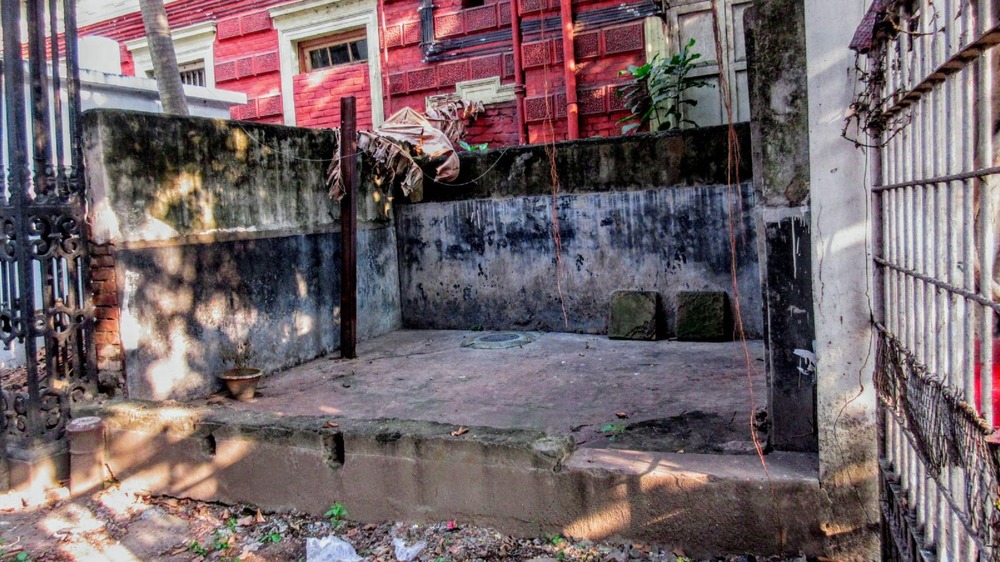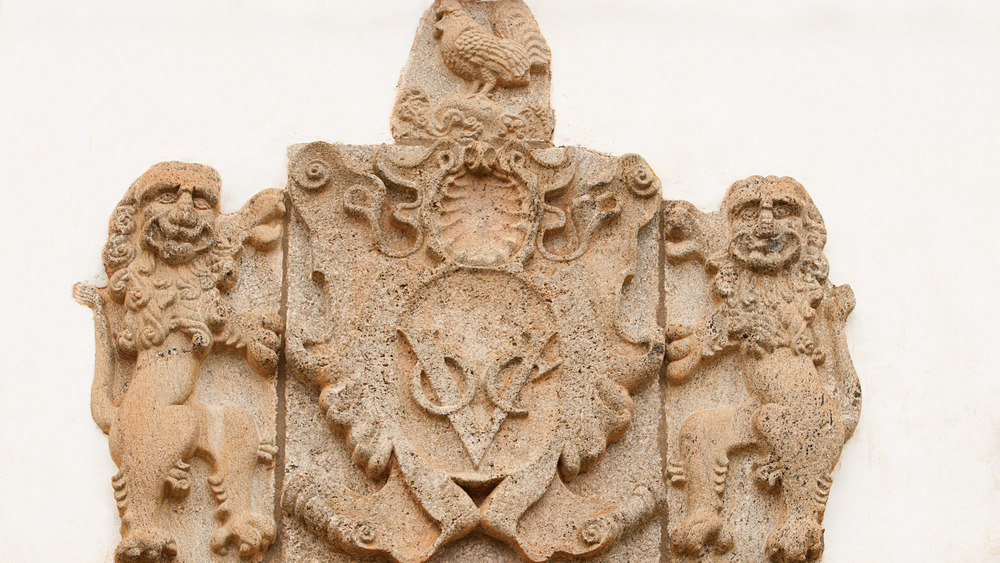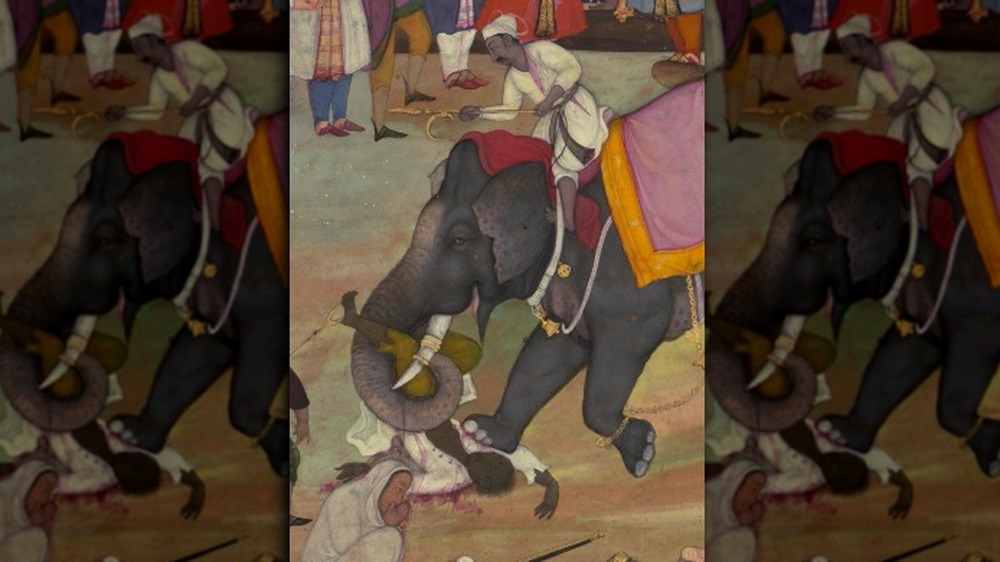The Black Hole Of Calcutta: The 18th Century Prison Explained
When envisioning India, you might think of it as a wholly unified, singular nation that shares a single culture. Of course, there are cultural similarities besides those due to Hinduism, Buddhism, and Islam. But within India, folks mostly identify not with their country, but with their state or locality (there are 29 states total, such as Rajasthan, Goa, Delhi, Kerala). Reason being? The modern, consolidated Republic of India was founded only as recently as 1947, at the tail end of about 100 years of British imperial rule from 1858 to 1947, where India was dubbed the British "raj," or "kingdom" in Hindi, as the BBC outlines. At the time, Muslim-majority Pakistan was formed as a separate nation, per The Conversation.
Before 1858, the East India Trading Company (an English company) had grown in power in India, as outlined on Data Flair. Decades of mounting tensions — since the Moghul Empire signed their trade agreement with the East India Trading Company in 1613 — detonated at the Battle of Plassey in 1757, when Nawab (governor) of Bengal, Siraj-ud-Daula, rode on British-owned Fort William in Calcutta (correctly: Kolkata) with 500 war elephants and 50,000 soldiers, as History Today tells us, and won. This set the stage for a full-on British retaliation, the fall of the Moghuls, and a century of revolts and uprisings from 1757-1858.
And the lynchpin event that triggered the Battle of Plassey? The Black Hole of Kolkata incident on June 20, 1756: part-real tragedy, and possibly part-false flag event.
Tension between local governors and the East India Trading Company comes to a head
Before the Battle of Plassey in 1757, the Moghul Empire had been on the decline ever since the death of respected leader Aurangzeb in 1707. As History Discussion relates, his sons started a war of succession for the throne, which weakened the empire from within, and gave the East India Trading Company a chance to increase its strength within the nation. Before long, modern-day India was largely divided for power between local governors — nawabs — and the East India Trading Company's outposts and ports.
Fort William, built in 1690, was created to protect one such port in Kolkata and represented a literal and figurative stronghold for British interests in the region. Per History Today, not only were the British concerned about their power dynamic with the regional nawab, but their territorial rivals, the French, as well.
So when the British started fortifying Fort William against the French, they drew the ire of the new, young Nawab of Bengal, Siraj-ud-Daula, who was in his 20s when he succeeded his grandfather. In a display of force, he gathered a ridiculously overpowered battalion (50,000 troops, 500 elephants, and 50 canons) and attacked the fort's 170 British soldiers on June 16, 1756. British officials and residents fled, and John Zephaniah Holwell, the company's zemindar — an official who collected taxes and enforced laws — was left in command. He had no combat experience, and by Sunday, the 20th, he surrendered.
A one-sided battle turned tragedy turned propaganda piece
We know at this point that captured British troops were stuffed into a tiny cell with minimal ventilation in the dead of summer, dubbed the "Black Hole of Kolkata." Those inside suffered, scrabbled, and scrambled, and by 6 a.m. the following morning, only 23 were left alive. The rest were a mere "mound of dead bodies," as Historic UK describes.
Per British Heritage, Holwell described, "a hundred and forty-six wretches... crammed together in a cube of about 18 feet, in a close sultry night, in Bengal, shut up to the eastward and the southward by dead walls..." Horrific as this sounds, we know that it was also exaggerated. The size of the cell and the exact number of people, likely no more than 65, were puffed up, as ThoughtCo explains. There are even some who believe that Holwell made the entire thing up.
Regardless, once word made its way to England, the merchant class (who had money to lose) leveraged the story into a piece of anti-Indian propaganda, per Atlas Obscura. They argued that the only way to keep Britons safe in India was to subdue the nation under the crown. Almost a year later to the day, on June 23, 1757, British Governor Robert Plassey led a force of 2,500 men, as stated by History Today, back to Kolkata at the Battle of Plassey and drove the nawab's forces out. It would be another 200 years before India was free of English rule.


